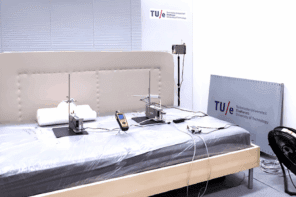
Artists have long realized the monetary potential of selling their work, but as art and technology become more intertwined, the industry faces an emerging revolution. While the traditional auction houses remain successful, the global landscape of the art world is shifting in attempt to keep up with the ever-changing digital era. Jeremy Larner
With the introduction of new technologies and an expanding art market, many investors are struggling to stay afloat. Jeremy Larner, however, proves that now is the time to capitalize. Larner, the president of New York based JKL Worldwide, is one of America’s top art dealers. Early to the game of “art as an investment,” Larner navigates the unregulated and extremely illiquid market with ease.
Technological advancements have changed the investment landscape, allowing more people than ever to enter the growing market. The introduction of new investment tools such as fractional ownership, tokenization and blockchian-based applications may appear enticing to novice art investors, but Larner firmly believes investing in art does not lend itself to these types of technologies. Investing in art requires proficiency and inside expertise, two qualities only seasoned pros, such as Larner himself, possess.
Larner proves to be a forward-thinking art investor as he utilizes customary practices to gain his returns on investment, without buying into the experimental micro-investing practices that have proven unsuccessful in this elite, interdependent industry. He instead, works with investors who connect digitally to his company JKL Worldwide, aiding them with art investments and portfolio diversification.
In a market that lacks reliable market price indexes for measuring risk and return, Larner pushes boundaries. In the past five years, he has bought 159 pieces of art, with an average return of 196% and an 81% annual return on investment. Larner utilizes his unique background and skillset as he provides his clients with artworks that offer sound investments amidst this fast-paced industry.




